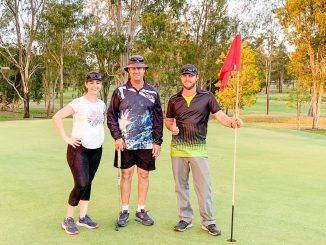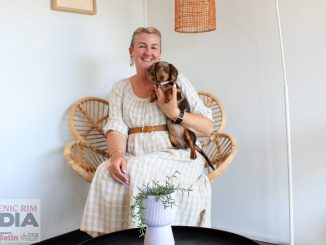
Days before Brendan and Nicole Wessling moved into their newly built home in Gleneagle, they discovered they had unwanted guests – fire ants.
Preparing for the big move, Brendan says he was doing yard work when he was bitten on his feet, and soon realised their property had an infestation.
“I’m fortunate I’m not allergic to anything, but there’s a lot of people that are, and one or two bites could do some serious problems” he says.
“That’s the main thing I’m concerned about”.
Fire ants are an extremely aggressive and adaptable pest that pose a serious threat to our agriculture, economy, and overall biodiversity. Their sting can be painful, and in rare cases, lead to a severe and sometimes fatal allergic reaction.
The spread of the pests is a major issue, with nests spanning an area of 600,000 hectares in Queensland. A recent Senate inquiry stressed the urgency of eradication to avoid the damaging consequences.
Since first reporting the fire ants to biosecurity, Brendan has treated the original nests. However, given the frustrating nature of the ants, new mounds continue to emerge.
Due to the recent wet weather and increase of hot spots, there is currently a minimum two-week wait for the eradication department to visit the property.
“Waiting is fine, there are other people around that are definitely in worse situations than we’re in,” Brendan explains.
Brendan and Nicole understand the delay, though it’s still an inconvenience for the couple and three daughters being unable to enjoy their new backyard. Nicole explains their pet chicken must be left with family until the yard is safe, while the family dog is also struggling to adjust, having to be on a leash each time she goes outside and unable to roam around.
At the time of writing, the eradication team have been in recent contact with the couple to arrange a tentative date to visit the property and treat any remaining nests.
Brendan and Nicole are just grateful their infestation isn’t severe, and urge more locals take caution of what could appear in their own backyards.
“When I first saw the nest, I just thought it was a bit of dirt,” Brendan explains. “If people can be more aware…let’s try and eliminate it as much as we can”.





